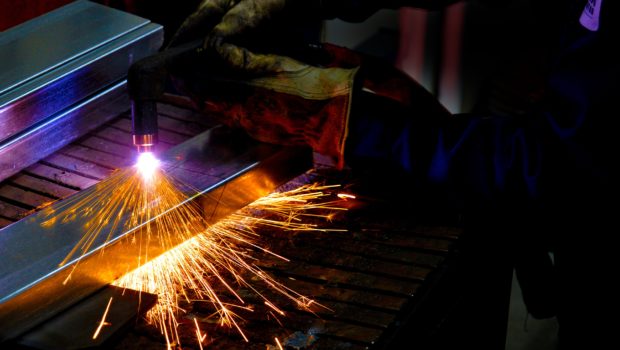The Best Innovative Welding Technologies For The Future
The welding industry is evolving from a time of large, heavy machines where you had to be an experienced professional to get good results, to lighter machines with the technology to quickly select your settings and get good results. And in case you interested in becoming a part of this industry then there are many welding resources online which can be of great help to you.
Some popular features on today’s machines are digital display, automatic setting select, inverter technology and a smoother arc. There are even more features to look forward to over the next few years so here’s a round up of some the innovative welding technologies that are set to shape the industry.
Laser Welding
The laser welding machine industry is forecast to grow considerably over the next three years. One of the reasons for this is the reduction in post-weld cleanup required and increased precision in the welds. This is because of the removal of glue and chemical additives from the process and other technical improvements which mean that optical mirrors won’t be needed. Instead, the laser light will travel through a fiber optic cable.
The expectation is that these innovations will see an increased use in the jewellery, medical, automotive and electronics industries amongst others. Moreover, it’s anticipated that this will be adopted on a global scale, with Europe, Asia, North America being the primary continents.
Advanced Pulsed MIG
Pulsed gas metal arc welding (GMAW-P) is a process that allows for minimized spatter and high quality welds in a range of different positions. Pulsed MIG is becoming available in more and more MIG machines and it works by rapidly alternating the electric current between high and low. You can even hear the pulse changing. The result of this alternating current is that the heat which could cause burn through is effectively reduced. As a consequence, the weld pool is reduced but the quality of the weld is not compromised.This also makes welding thinner metal much more achievable.
As GMAW-P gets more advanced we expect to see an even smoother pulse where you’ll no longer be able to hear it alternating. Also better arc control and shorter arc length will make it an even more desirable option. GMAW-P was originally created for welding aluminum but is a good option for stainless steel. GMAW is already a very popular process but the quality and flexibility of GMAW-P could see it increase further in popularity in automotive, pipe welding, agriculture and other industries.
ArcReach Technology
Welders working in large workspaces know that it can be a real pain walking to and from the welder to adjust your settings. Welders are so heavy that you can’t realistically carry them, and even wheeling them can be very hard work. For this reason, Miller have created their ArcReach technology so you can remotely operate your welder.
It works by connecting an ArcReach system to the welder which is lightweight and you can place next to you whilst you weld without the need for a special control cable. There are two buttons on the ArcReach system, one to change the voltage, and another to change the wire feed speed.
ArcReach is a great tool for employers before it increases productivity. With more time spent welding instead of walking to adjust your settings, much more welding can be done in a day. It also improves safety because less time moving across the jobsite means there’s less chance of a movement related accident occurring. ArcReach isn’t for everyone, but it’s certainly something to look at if you find yourself walking back and forth from your machine.
Virtual Reality
In the last couple of years we’ve seen Virtual Reality (VR) take lots of industries by storm, most notably the gaming industry. Interior designers have been able to virtually design rooms for customers and now we’re starting to see it emerge in the welding industry too.
Tulsa Welding School has started using VR to teach students about different and challenging welding environments. Simulations of shipbuilding, skyscrapers and other large industrial projects have been used as examples to give students a better understanding of what it’s like to be a welder, without the risk of putting them directly in the environment.
It also saves time and money as concepts can be completed virtually without having to create prototypes from real materials. We are still in the infancy of VR but it will be interesting to see how this develops and if more thorough welding training could be completed by using it in the future.















